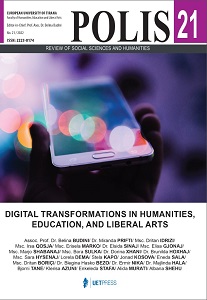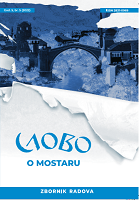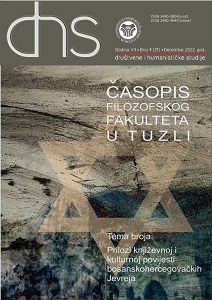«ВІРЮ В БЕТОВЕНА!»: МУЗИЧНА КОМПОНЕНТА ЖУРНАЛІСТИКИ СТЕПАНА ЧАРНЕЦЬКОГО
The aim of the work is to outline the achievements of the writer Stepan Charnetsky as a music critic and publicist, to analyze typical samples of his journalism through the prism of intermediality and intertextuality. Research methods are based on the intermediate approach to studying the interaction of music, theater and literature on the artist’s identity as a journalist. General scientific research and typological methods, together with the generalization method are used in the work. The methodology of content analysis, as well as empirical methods of description, observation and reflection for the interpretation of qualitative parameters of the musical component of Stepan Charnetsky’s journalism are involved. The scientific novelty of the study lies in the introduction and generalization of the musical component in the journalism of the writer and theatrical figure. For the first time, genre features, cognitive and artistic values, intermediate and intertextual features of this area were revealed. Conclusions: Stepan Charnetsky's journalism with a musical component is represented by various genres (feuilleton, essay, critique, review, memoir, obituary, source paper, open letter, etc.) and a wide range of topics, such as music and society, music in other arts, firsthand information-source material due to personal acquaintance with musical figures, the ability to work with archival sources and documents, as well as the ability to scientific systematics of cultural phenomena and its ‘texts’. The innate musicality of the author of the famous Ukrainian Sich Riflemen’ Anthem played a significant role. The texts on music are saturated with a sublime tone, subtle vibrations of his inner world that resonate with the macrocosms - both national and cross-cultural. Cathartic and transcendent possibilities of this art are often reflected in such texts. Charnetsky’s entry into non-literary space was marked by some drawbacks, touching on the lack of musical competencies. Nevertheless, this work of Stepan Charnetsky is considered as valuable, informative and full of artistic charm of the talented writer’s pen.
More...


